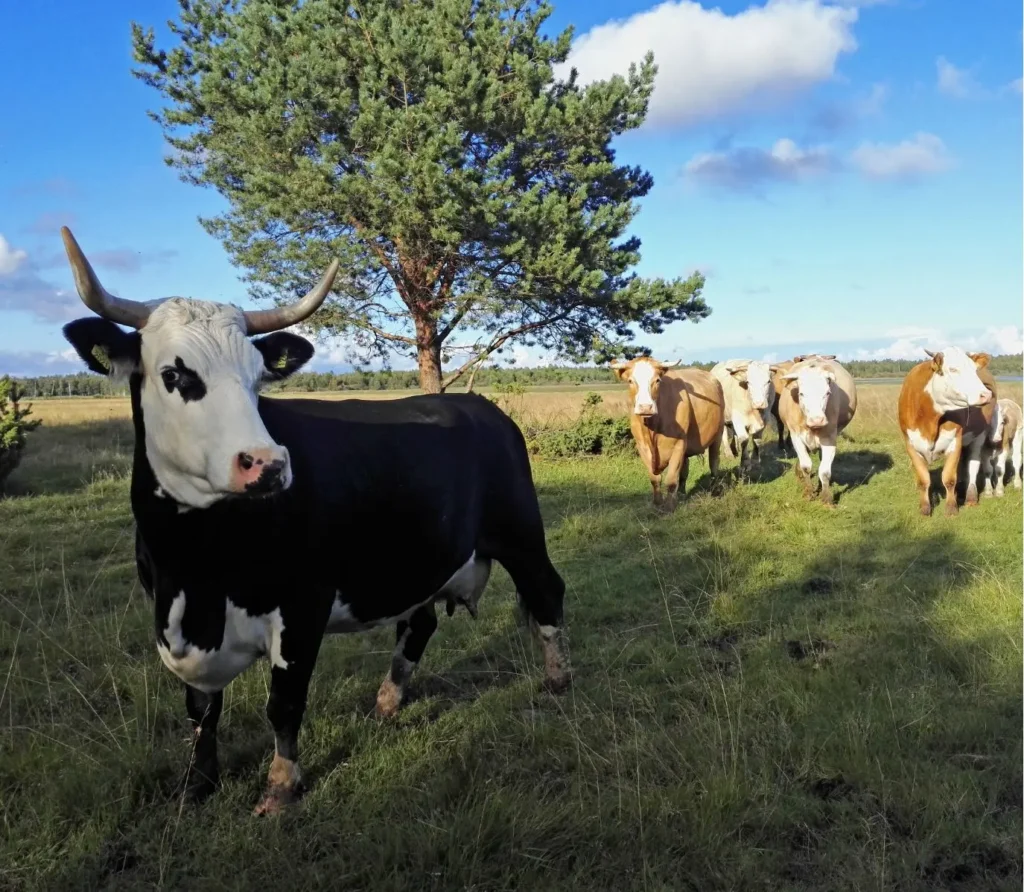Kujalan tila oy

Natural grazing can be carried out in both urban and rural areas. Animals are efficient and environmentally friendly stewards of nature and the landscape. Grazing is usually inexpensive and the benefits it provides are valuable to nature. At a time when all traditional biotopes are under threat, contractual grazing is an important means of cooperation in the management of valuable areas and the development of new grazing areas. Grazing in the wild is always purposeful. The aim of managing areas outside arable land is to increase and maintain biodiversity, to manage the landscape or to control invasive species. In addition, grazing provides recreational values and experiences for residents. Goal-oriented care also means well-planned care, where the goals set for the development of each area are achieved.